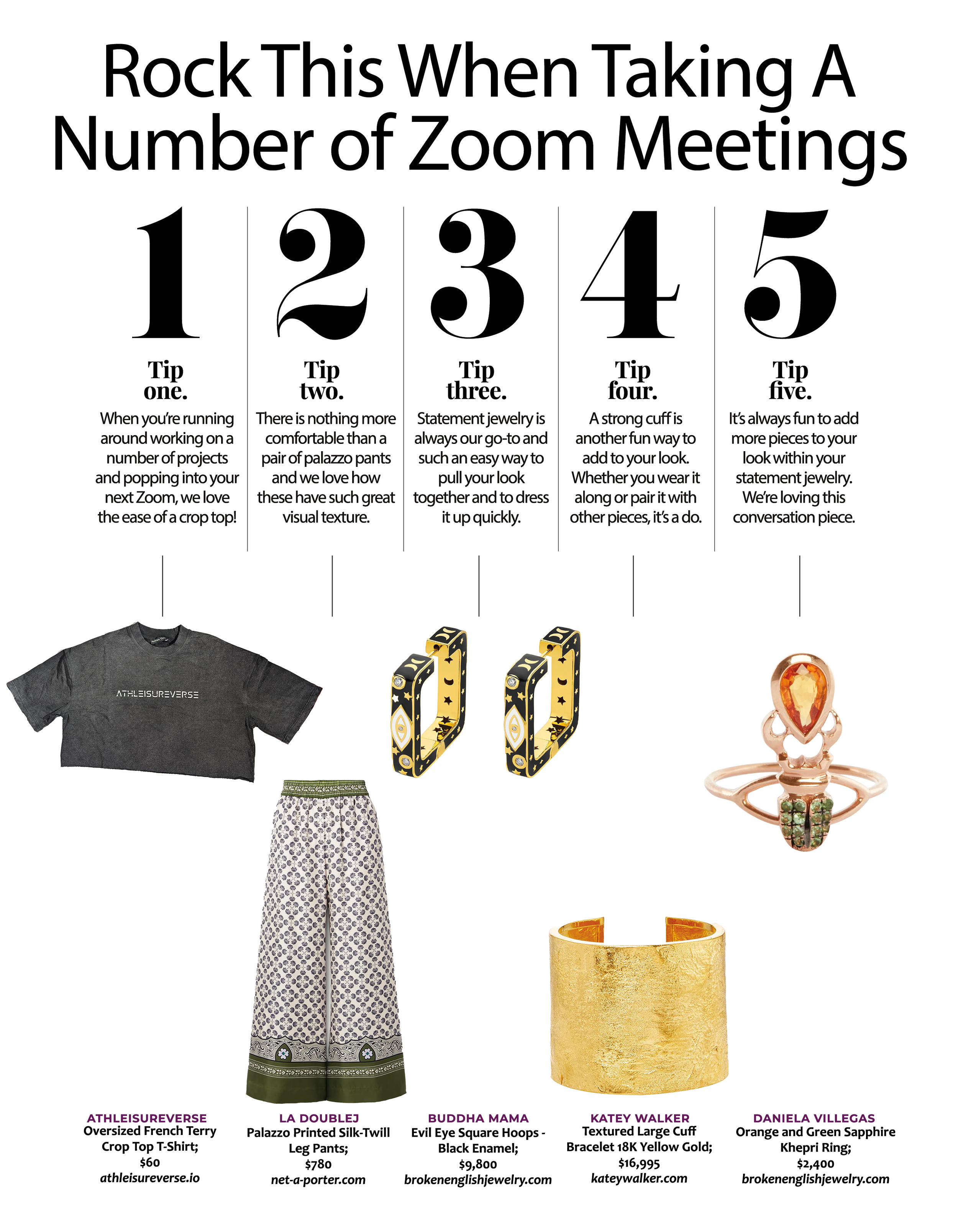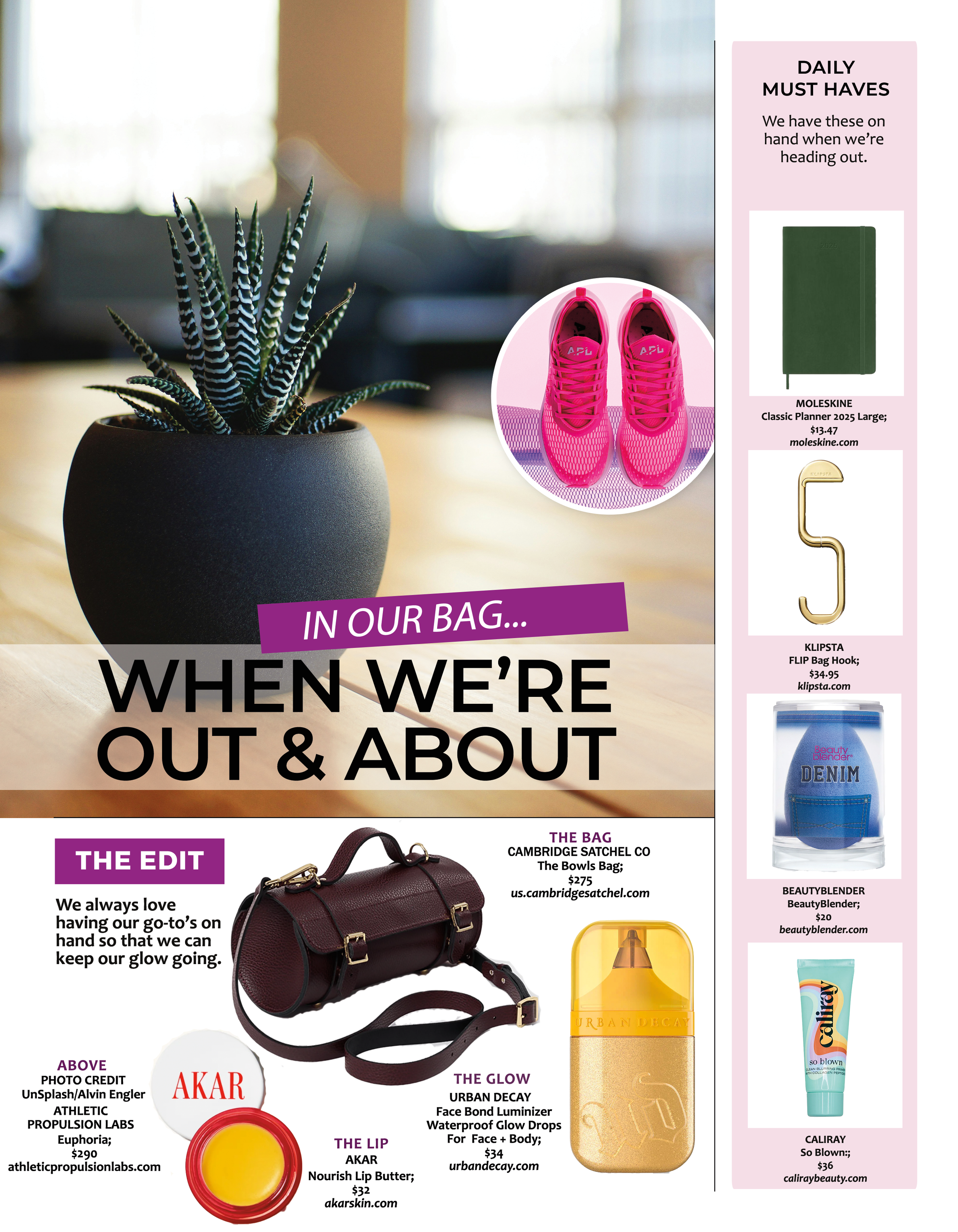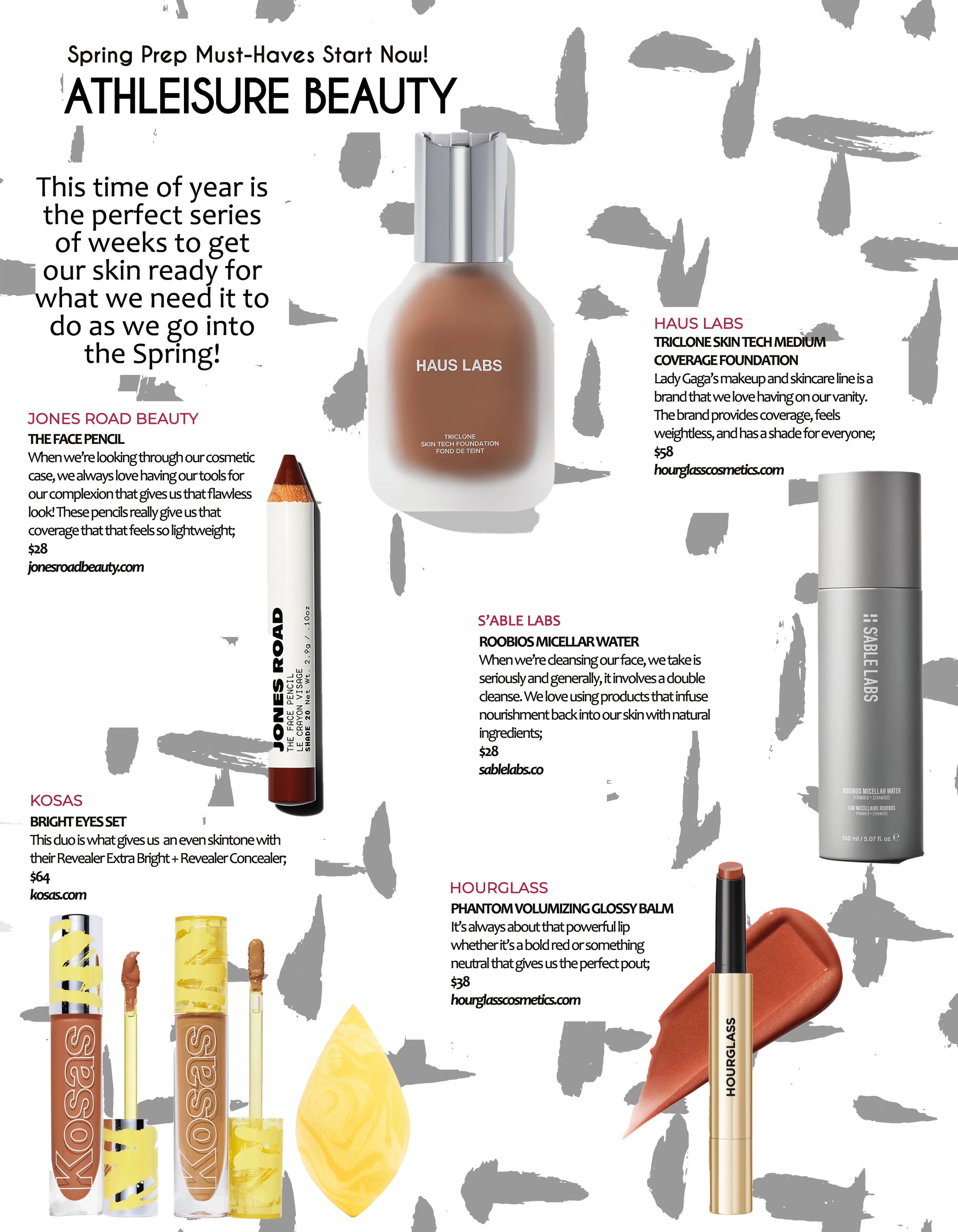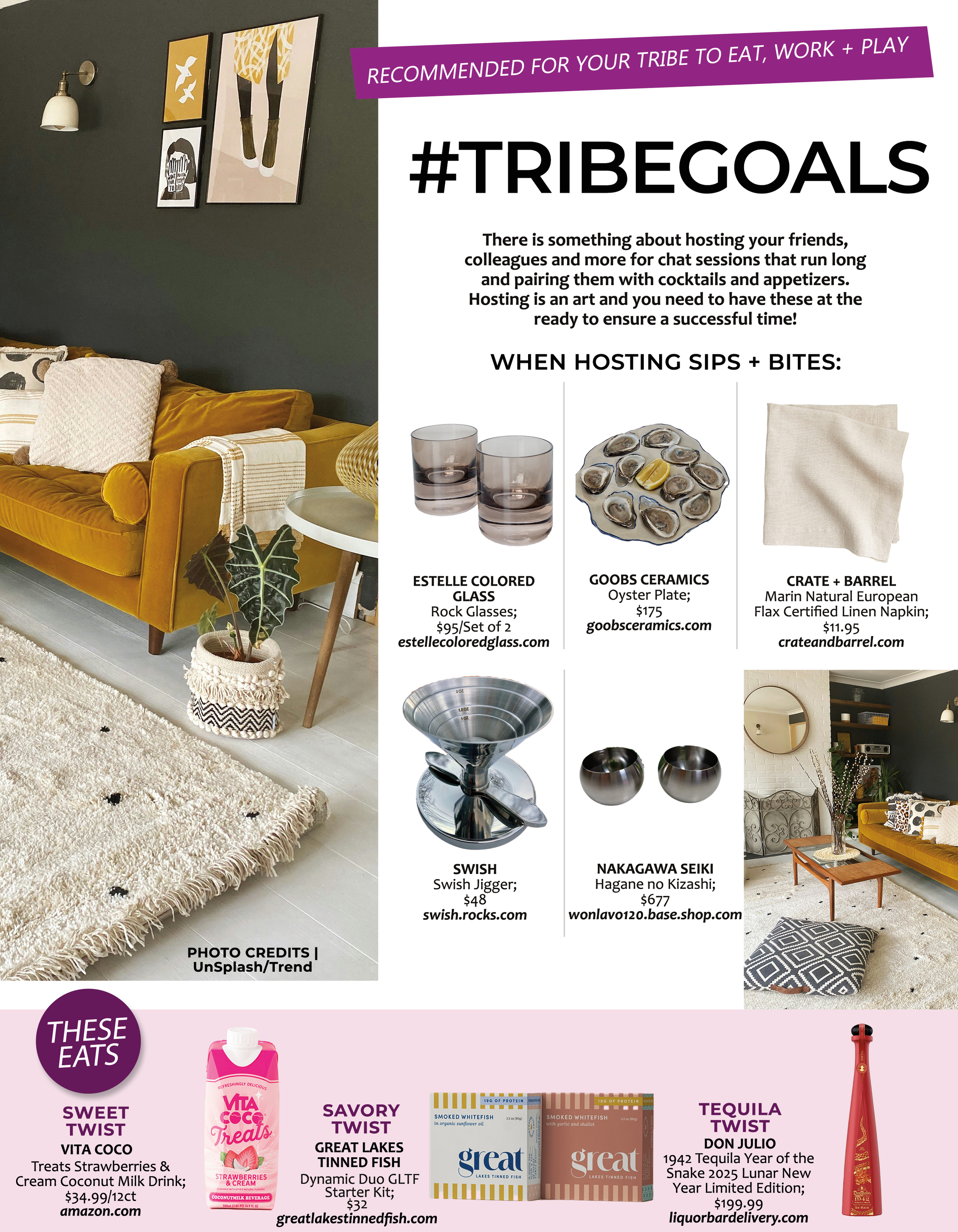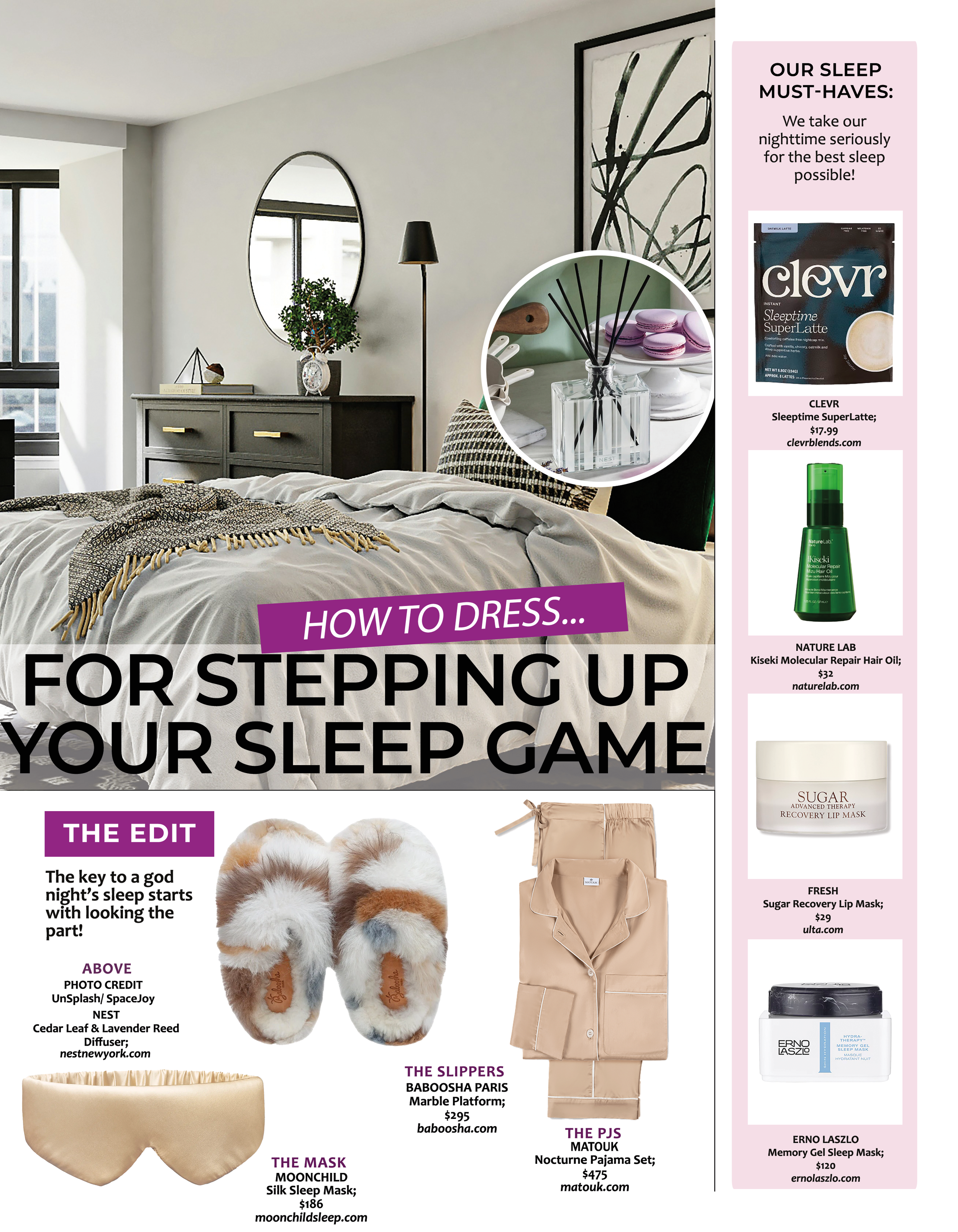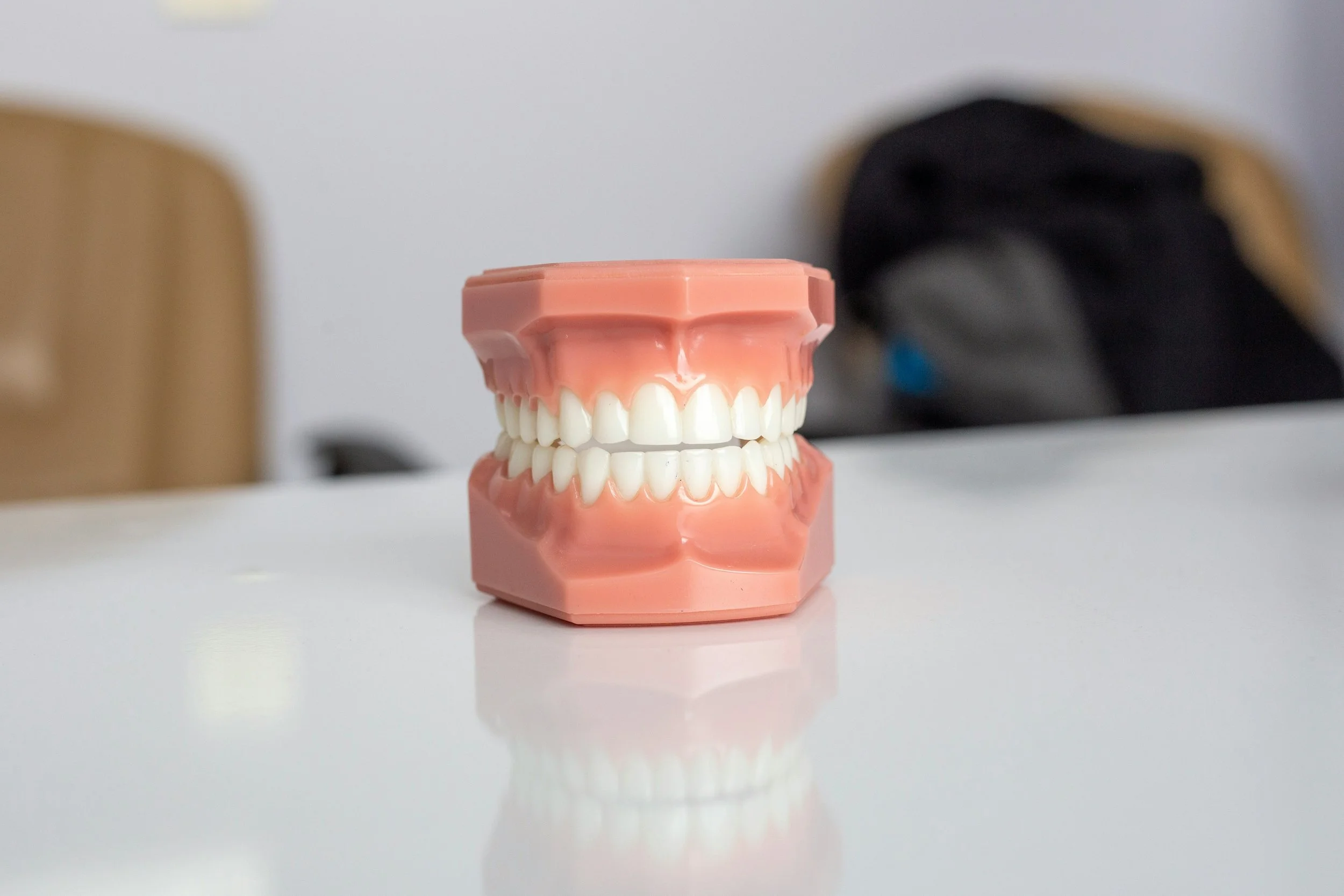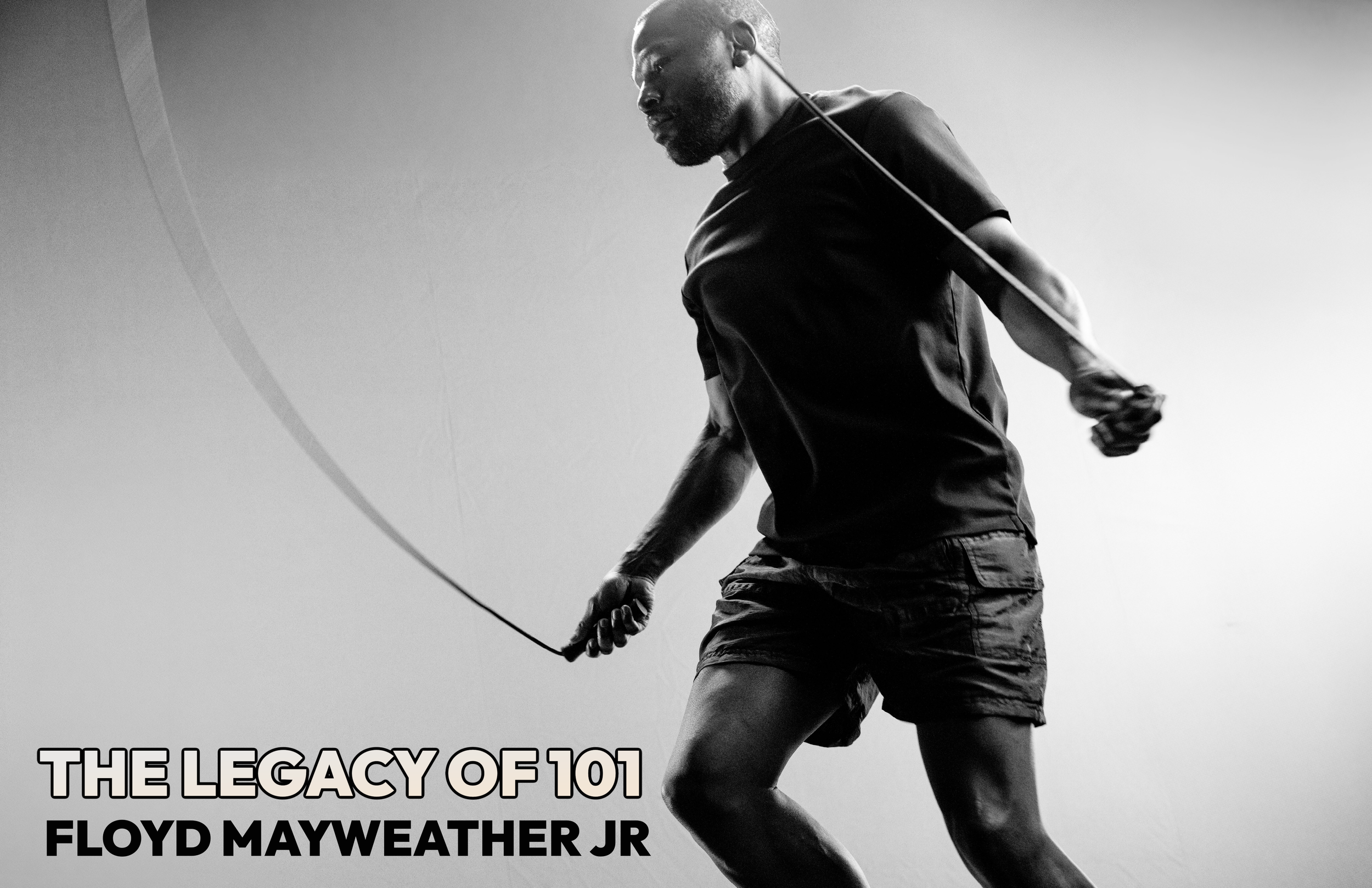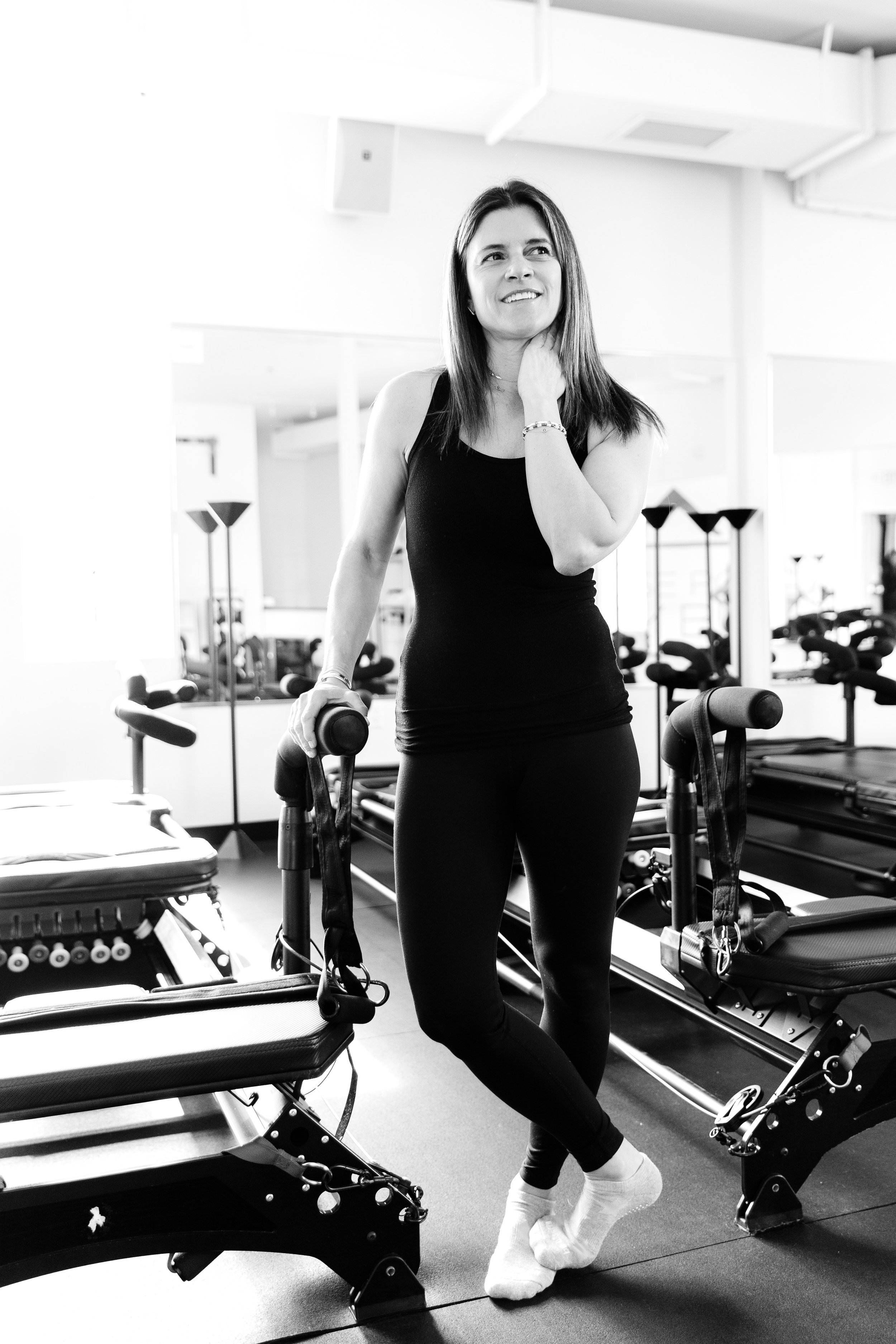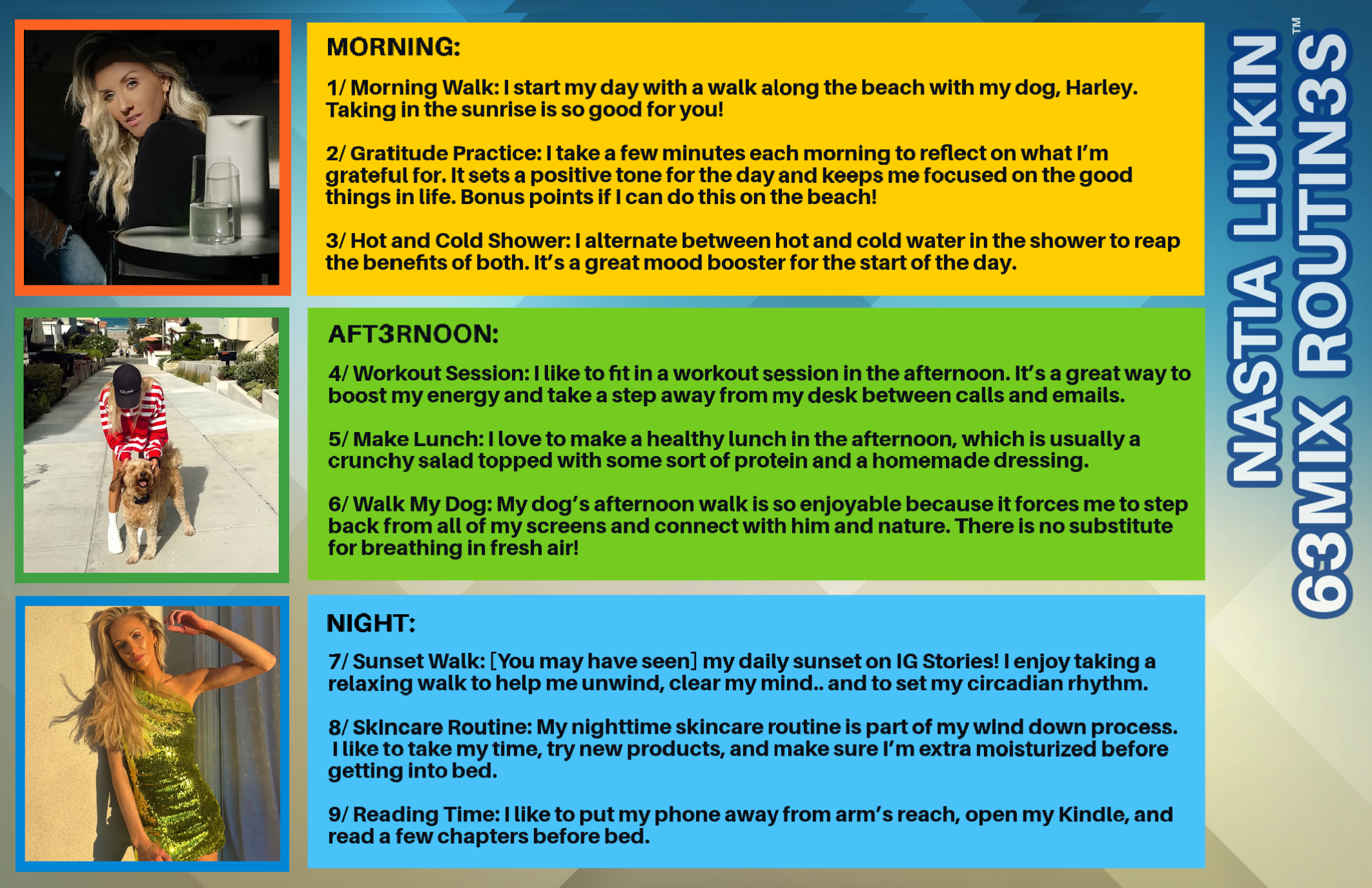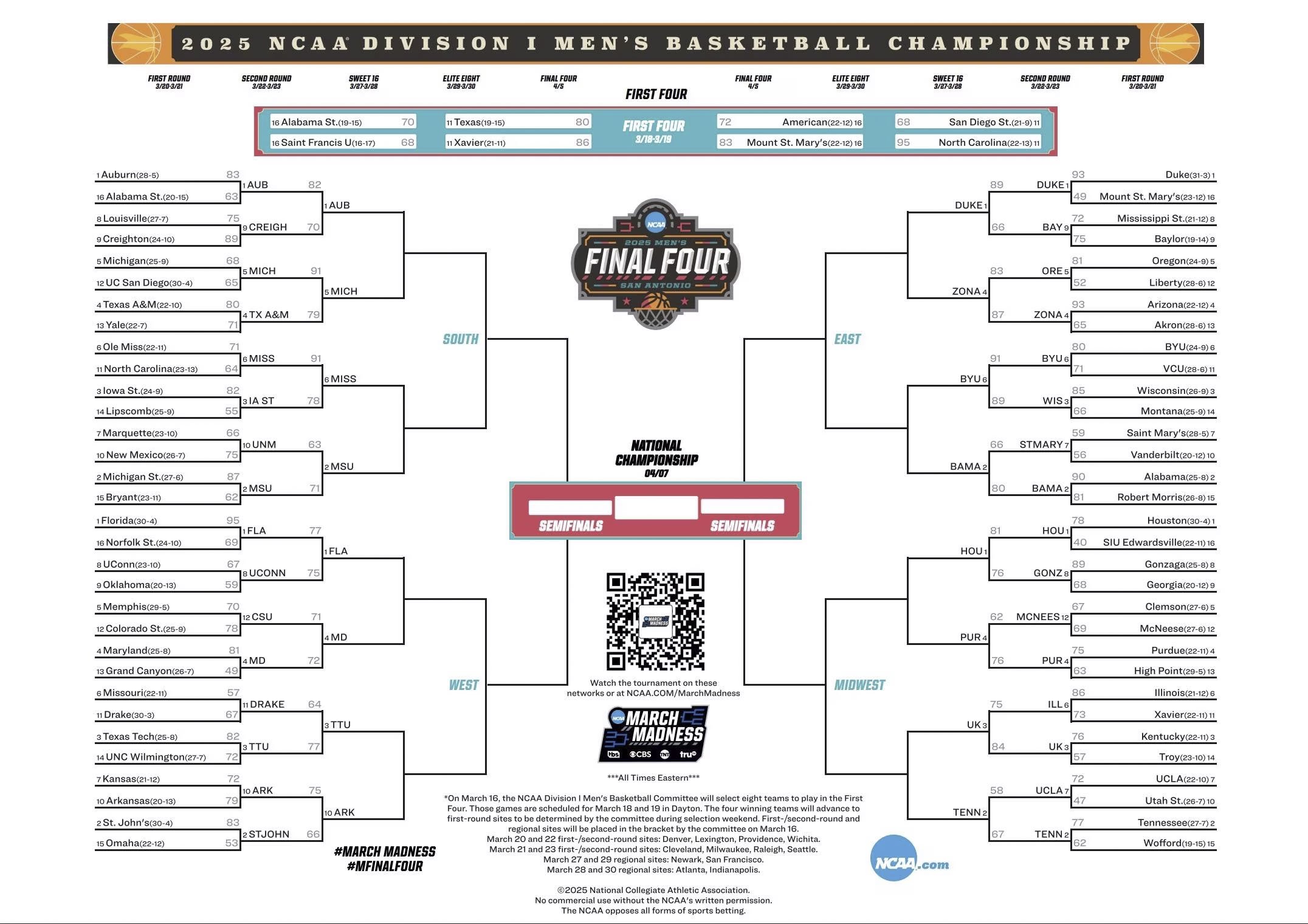Hydration & Barrier Repair: Water + Hyaluronic Acid
Let's be real: hydration is where it all starts. Dehydrated skin? Ugh. Think dullness, those fine lines suddenly looking a lot less "fine," and just…blah. Water? A total MVP. It keeps skin bouncy, boosts circulation (hello, nutrients!), and helps flush out toxins. Seriously, you can see dehydration. Tightness? Check. Flakiness? Double check. Even increased sensitivity? Bummer.
So, how do we hydrate like pros? Simple (but not always easy, I know). First, drink water! Aim for eight glasses a day. I know, I know, easier said than done. But even more if you're active or living in dry Temecula, hello desert air. Then, load up on water-rich foods. Cucumber, watermelon, celery. All-stars. And don't forget electrolytes. Minerals like potassium and sodium? Those help your body actually hold onto the water, keeping you hydrated longer.
Topical boost? Hyaluronic Acid, or HA. It's a humectant, basically a magnet for moisture. It pulls water from the air (and even from the deeper layers of your skin!) to the surface, plumping things up and smoothing out those lines. Amazing, right? But I've made mistakes! I used to slather it on dry skin and wonder why I felt more parched. Rookie move.
Here's the pro tip: apply Hyaluronic Acid to damp skin after cleansing. Then, layer an occlusive moisturizer on top. Something like CeraVe Moisturizing Cream is my go-to. It creates a barrier, stopping water loss. Think of it as a one-two punch for thirsty skin. Ceramides in your moisturizer will really help seal everything in. Speaking of which…
Healthy Fats & Lipid Barrier Support: Omega-3s + Ceramides
Fats? Absolutely essential. But we're talking good fats here. Your skin barrier? Think of it as a bodyguard, keeping moisture in and irritants out. Healthy fats, especially omega-3s, help keep that bodyguard strong. A strong skin barrier means less dryness, less inflammation, and less…well, less drama. Omega-3s are known for being anti-inflammatory; they help soothe conditions like eczema and even acne.
Where do you find these omega-3s? Salmon is the ultimate. Walnuts, flaxseeds, and chia seeds? Excellent plant-based sources. I sprinkle chia seeds on everything. Incorporating these into your diet? Not only will it improve your skin over time (hello, supple and resilient!), but it's also just good for you.
Now, topical support: Ceramides. These are lipids (fats) that naturally exist in your skin. They're like the mortar holding bricks together, reinforcing the skin barrier and preventing moisture loss. When your ceramide levels dip (aging, harsh products, environment…it happens), your skin gets dry, irritated, and more vulnerable.
That’s where ceramide-rich moisturizers come in. They replenish those natural ceramides, strengthening the barrier and boosting hydration. Look for moisturizers specifically designed for barrier repair. They often have a mix of ceramides, fatty acids, and cholesterol, mimicking your skin's natural makeup.
For the best absorption, apply your ceramide moisturizer after cleansing and toning, while your skin is still damp. This helps lock in moisture and lets the ceramides penetrate more effectively. In Temecula, with our hot days and dry climate? It's a year-round essential. I swear by Dr. Jart+ Ceramidin Cream. Pricey, but worth it.
Antioxidants & Brightening: Vitamin C + Vitamin C Serum
Oxidative stress? It’s a skin saboteur. Environmental aggressors – pollution, UV radiation, stress – create free radicals. These free radicals damage skin cells, leading to premature aging, dullness, and inflammation.
Antioxidants are your skin's defense. They neutralize these free radicals, stopping them from causing further damage. Vitamin C? The queen of antioxidants. A potent weapon.
You need to load up on Vitamin C-rich foods. Citrus fruits: oranges, grapefruits, lemons. Obvious, I know. But don't forget bell peppers (red and yellow are best), strawberries, and broccoli. And while we’re at it, let’s not forget the power of other antioxidants, like the polyphenols in green tea. These compounds offer extra protection against free radical damage and can improve skin tone. A cup or two a day? My daily ritual.
Now, for the topical powerhouse: Vitamin C serum. It’s a concentrated dose of antioxidant goodness. It brightens your complexion, stimulates collagen synthesis (keeping your skin firm), and protects against environmental damage.
When choosing a Vitamin C serum, look for stabilized formulas, like L-ascorbic acid. It's the most potent form of Vitamin C, but it's unstable and breaks down when exposed to light and air. Stabilized formulas are less likely to oxidize and lose their punch.
Apply your Vitamin C serum in the morning, after cleansing and toning. Layer it under your SPF. Vitamin C actually boosts the effectiveness of sunscreen, giving you an extra layer of UV protection. Total win-win. I’m currently obsessed with Skinceuticals C E Ferulic (yes, it’s expensive, but it really works).
Gut Health & Clear Skin: Probiotics + Prebiotic-Rich Skincare
Okay, let's get into the gut-skin connection. It's real. The health of your gut microbiome (the bacteria in your digestive tract) is directly linked to your skin. An imbalance in your gut can cause inflammation, which can show up as skin issues like acne, eczema, and rosacea. A balanced microbiome? Less inflammation, better digestion, and clearer skin.
To nurture a healthy gut, add probiotic-rich foods to your diet. Yogurt (especially Greek yogurt), kefir, kimchi, and miso. Great sources of probiotics. These foods contain live bacteria that replenish and diversify your gut microbiome. Prebiotic foods feed the good bacteria. Garlic, onions, asparagus, and bananas. All great.
What about topical support? Prebiotic and probiotic skincare is booming, and for good reason. These products contain ingredients that rebalance the skin microbiome, reducing inflammation and improving skin health. Surprising, maybe?
Fermented essences and microbiome-balancing cleansers are two good options. Fermented essences contain probiotics and postbiotics (the byproducts of probiotic fermentation), which can soothe and hydrate the skin. Microbiome-balancing cleansers gently cleanse without disrupting the delicate balance of the skin microbiome. I’ve been trying the Gallinée Prebiotic Face Mask ($29) and honestly, I’m seeing a difference in redness.
Collagen Support & Firmness: Protein + Retinol/Peptides
Collagen? Huge for youthful skin. It’s the protein that gives your skin its structure, elasticity, and firmness. Collagen production declines with age (bummer!), leading to wrinkles, sagging, and loss of volume.
Dietary support comes in. You can't directly replace lost collagen with food, but you can give your body the building blocks it needs to produce more. Collagen-boosting foods? Bone broth, eggs, lean protein (chicken, fish, beans), and Vitamin C-rich foods (Vitamin C is essential for collagen synthesis!).
Supplements? Collagen peptides are popular. They're broken-down collagen molecules that are easily absorbed. Research is ongoing; some studies show promising results, others are less conclusive. Personally, I think they're worth a shot.
Topically? Retinol and peptides. Your collagen-boosting heroes. Retinol, a Vitamin A derivative, stimulates collagen production, reduces wrinkles, and improves skin texture. Peptides are amino acids that also tell your skin to produce more collagen.
Retinol can be irritating. Start slowly and gradually increase usage. Apply a pea-sized amount to your entire face at night, after cleansing and toning. Follow with a moisturizer to reduce irritation. The Ordinary Granactive Retinoid 2% Emulsion is a great starter option – affordable and effective.
Sensitive skin? Bakuchiol, a plant-derived retinol alternative, is a great choice. It offers similar benefits but is less likely to cause irritation. Peptide-rich creams are also good for sensitive skin. They're gentler but still provide collagen-boosting benefits.
Detoxification & Skin Clarity: Green Tea + Charcoal/Clay Masks
Detox matters for clear skin. Your liver removes toxins. When your liver is overloaded, it causes imbalances, which can lead to breakouts or dull skin.
Green tea? A detoxifying powerhouse. It’s rich in antioxidants that protect your liver and support its detoxification processes. Plus, it has anti-inflammatory properties. Win-win.
Detox-supporting foods also include cruciferous vegetables (broccoli, cauliflower, Brussels sprouts) and lemon water. These foods support your liver's natural processes. Drink lemon water first thing in the morning to kickstart your detox.
Topically, charcoal or clay masks draw out impurities. They have absorbent properties that remove excess oil, dirt, and toxins from your pores. They're beneficial for oily and acne-prone skin. I've tried so many… some are way too harsh.
Don't over-dry your skin. Limit use to once or twice a week and always follow with a moisturizer to replenish lost moisture. Look for masks that contain hydrating ingredients like hyaluronic acid or glycerin. Origins Clear Improvement Active Charcoal Mask ($27) is a classic for a reason.


